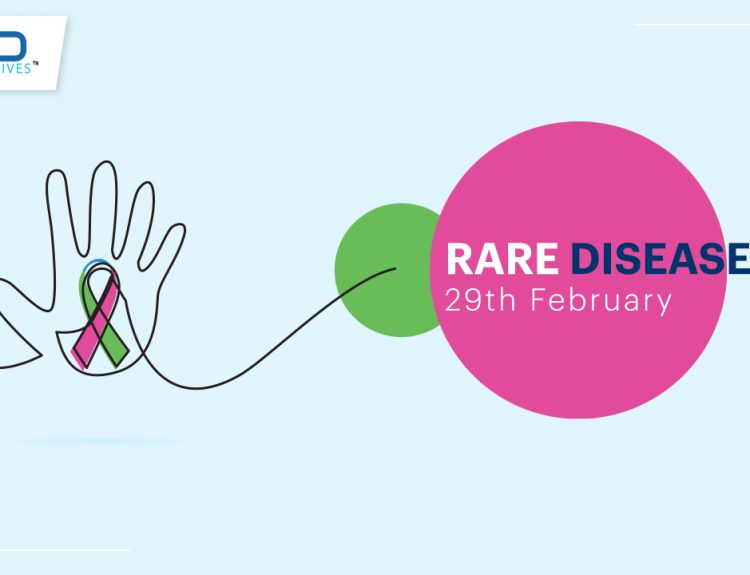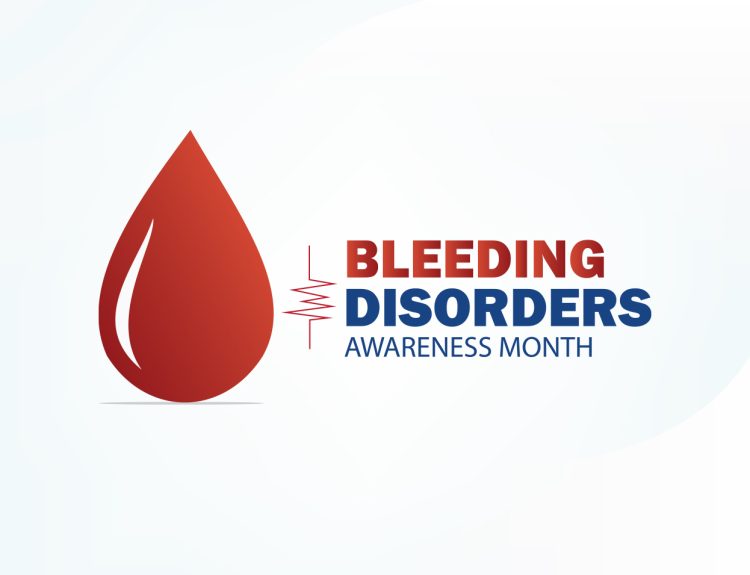Hepatitis, a silent threat that can lie dormant for years, emerges with devastating consequences—making millions of patients worldwide live a shared nightmare.
If undetected, it can lead to severe liver damage, liver cancer, and even death. Yet, early diagnosis is a powerful weapon against this disease. By leveraging it, healthcare professionals (HCPs) can significantly curb the effects of hepatitis.
As we commemorate World Hepatitis Day on July 28, we must celebrate the HCPs who actively spread awareness about early diagnosis while exploring advanced diagnostic techniques that diminish the threat of hepatitis.
WHY IS EARLY HEPATITIS DIAGNOSIS IMPORTANT?
Early detection is vital for minimizing the debilitating effects of the condition, primarily by preventing severe liver damage such as fibrosis, cirrhosis, and liver cancer. Timely diagnosis allows for prompt treatment, which can significantly slow or halt disease progression, safeguarding liver function.
Furthermore, early detection is critical in reducing transmission rates and healthcare costs. Identifying hepatitis early helps prevent the spread of the virus through effective counseling and education, particularly among high-risk populations.
THE EMERGENCE OF NEW DIAGNOSTIC TESTS FOR HEPATITIS DETECTION
For many years, traditional diagnostic techniques have been the cornerstone of hepatitis diagnosis. Serological tests, which detect antibodies or antigens in the blood, have been widely used due to their straightforward and cost-effective nature. However, these tests have limitations, including the inability to differentiate between active and past infections and their reliance on the patient’s immune response.
Liver function tests (LFTs) are another standard method, measuring enzyme and protein levels in the blood to assess liver health. While helpful in indicating liver damage, LFTs do not specifically identify the presence of the hepatitis virus and can be influenced by other liver conditions, thus reducing their diagnostic accuracy.
Even liver biopsies, which involve extracting a small tissue sample for detailed examination, provide comprehensive information about liver damage and inflammation. Despite their diagnostic value, biopsies are invasive, carry risks of complications, and are impractical for widespread screening due to patient discomfort and procedural complexity.
This is where emerging diagnostic tests for hepatitis facilitate a more favorable alternative for HCPs and patients. They offer greater accuracy, less invasiveness, and more comprehensive data. They are transforming hepatitis diagnosis and management, addressing the limitations of traditional methods.

Molecular Diagnostic Tools
PCR (Polymerase Chain Reaction): PCR amplifies the viral genetic material, enabling highly sensitive and specific detection of hepatitis. It can distinguish active infections and quantify viral load, providing critical information for monitoring treatment efficacy.
Next-Generation Sequencing (NGS): NGS thoroughly analyzes the viral genome, detecting mutations and variants. This technique deepens our understanding of viral diversity and resistance patterns, facilitating personalized treatment strategies and advancing hepatitis epidemiology.
Non-Invasive Imaging Techniques
FibroScan: FibroScan employs transient elastography to measure liver stiffness, an indicator of fibrosis or scarring. This quick, painless, non-invasive method can be performed at the point of care, making it an excellent alternative to liver biopsies for evaluating liver health.
MRI Elastography: MRI elastography integrates magnetic resonance imaging with mechanical waves to produce detailed images of liver stiffness. It offers a precise, non-invasive assessment of liver fibrosis, serving as a valuable tool for the early diagnosis and monitoring of hepatitis-related liver damage.
Point-of-Care Testing (POCT)
Rapid Diagnostic Tests: RDTs deliver results within minutes, making them ideal for use in clinics and remote areas. User-friendly and requiring minimal training, these tests enable widespread screening and early detection of hepatitis.
Portable Diagnostic Devices: Handheld analyzers facilitate hepatitis testing in resource-limited settings. These devices provide quick, reliable results, improving access to diagnosis and care for underserved populations.
As we continue to adopt these innovative tools, the potential for improving patient outcomes and controlling hepatitis on a global scale grows exponentially. This progress underscores the importance of staying ahead in diagnostic advancements to combat hepatitis and enhance public health effectively.
HOW ARE THE NEW DIAGNOSTIC TOOLS TRANSFORMING HEPATITIS TREATMENT?
Several regions and hospitals worldwide have successfully integrated emerging hepatitis diagnosis techniques, improving patient outcomes.
In a community clinic in Thailand, the introduction of FibroScan significantly increased the rate of early hepatitis diagnosis, allowing them to identify liver fibrosis and cirrhosis in patients much earlier than traditional methods. Over two years, the clinic reported a 40% increase in early-stage hepatitis diagnoses, leading to prompt intervention, better management of liver health, and a notable decrease in liver disease progression.
The use of PCR and NGS has revolutionized hepatitis diagnosis at a leading academic hospital in Germany. Over three years, the hospital has documented a 30% improvement in treatment outcomes, including higher rates of viral suppression and lower instances of treatment resistance.
In rural regions of Kenya, the deployment of RDTs for hepatitis has made a substantial difference in access to care. Before this, many patients faced long wait times for diagnosis due to the limited availability of laboratory facilities. With RDTs, healthcare workers can diagnose hepatitis on the spot within minutes. Over 18 months, the region saw a 50% increase in hepatitis diagnosis rates and a corresponding decrease in new infections.
These successful implementations of emerging diagnostic techniques underscore their potential to transform hepatitis care. By adopting these advanced tools, healthcare providers can enhance early hepatitis diagnosis, tailor treatments more effectively, and ultimately improve patient outcomes on a global scale.
The insights and experiences of HCPs can help further these advancements and refine the existing technologies, ultimately enhancing clinical practice and patient care. If you are an HCP seeking to contribute to ongoing medical research by collaborating with a reputed and reliable market research firm, join MDForLives. The platform offers opportunities to participate in paid medical surveys aligned with your expertise.
Share your insights, case studies, and articles at collaboration@mdforlives.com to contribute to the dialogue on hepatitis and earn exclusive rewards!
REFERENCES:
Current Challenges and Future Perspectives of Diagnosis of Hepatitis B Virus
www.ncbi.nlm.nih.gov
A Focused Review of Recent Advances in the Diagnosis and Treatment of Viral Hepatitis
www.ncbi.nlm.nih.gov
Advances in Viral Hepatitis Diagnosis and Treatment
www.hilarispublisher.com
A. Royden D’Souza is a professional writer with over 5 years of experience in the healthcare industry. He holds an engineering degree and has worked with several brands to meet their content requirements. He is passionate about writing engaging content for healthcare professionals, allied healthcare professionals, and nurses.






